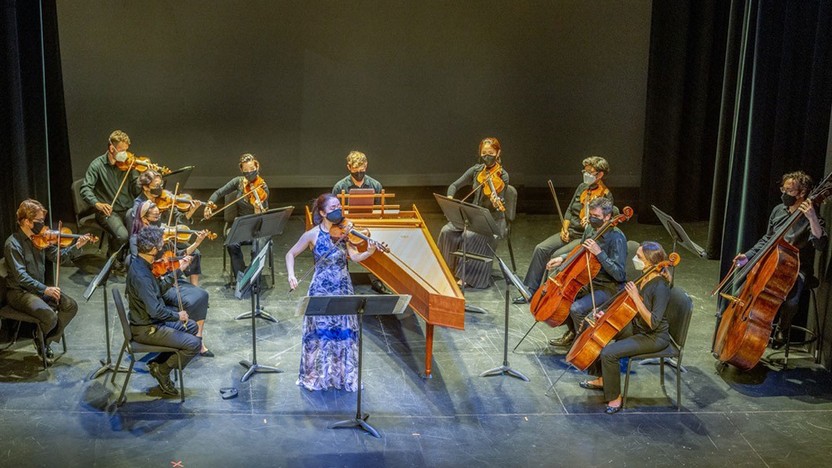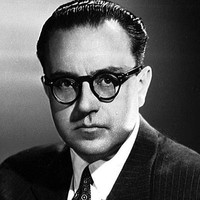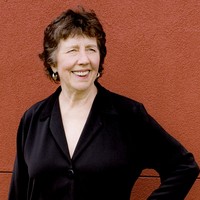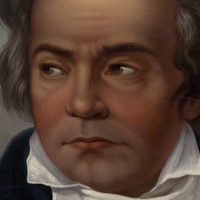Beethoven, Ginastera and Tower



Alberto Ginastera was an 18-year-old student when he composed Impresiones de la Puna for Flute and String Quartet, making it one of the earliest indicators for how his embrace of Argentina’s homegrown musical traditions would lead him to become an international star. This score took its inspiration from the high plains of the Andes Mountains in the far west of Argentina, where archeological records have documented Indigenous flutes that date back at least 2,000 years.
Ginastera titled his atmospheric prelude after the Quena, a flute made out of a bamboo-like reed that is the essential instrument of Andean folk music. The middle movement is a Canción (song), with the flute filling in for a vocalist in smooth, singing phrases over a gently swaying accompaniment. The animated third movement is a Danza (dance), with plucked strings approximating the strum of a charango, a tiny cousin of the lute developed by Indigenous musicians after the arrival of Spanish colonizers.
Aaron Grad ©2025

Island Prelude was composed for the oboist Peter Bowman in 1988; Bowman’s “exceptionally lyrical playing” helped to inspire the piece, along Samuel Barber’s “wonderfully controlled Adagio for Strings.” The premiere of this piece was given on May 4, 1989; Leonard Slatkin conducted Bowman and the St. Louis Symphony.
This work starts with a very slow-moving consonant landscape that gradually becomes more active and dissonant. Above this terrain, the oboe emerges as a slightly more prominent and melismic line which in turn activates the surrounding chords. Finally, the oboe releases its contained energy in two short cadenzas ruling upwards in a burst of fast notes that lead into a final, quiet coda. This last section is again very slow, sustained, high and distant.
The island [of the title] is remote, lush, tropical with stretches of white beach interspersed with thick green jungle. Above is a large, powerful, and brightly colored bird which soars and glides, spirals up, and plummets with folded wings as it dominates but lives in complete harmony with its island home.
Joan Tower ©1989

When the 21-year-old Ludwig van Beethoven arrived in Vienna in 1792, Wolfgang Amadeus Mozart had been dead less than a year, and Franz Joseph Haydn — with whom Beethoven studied briefly — was in his prime. Under their long shadows, Beethoven spent his first years in Vienna mastering the “Classical” style, meanwhile earning a reputation as the city’s ranking keyboard virtuoso. If any one day marked his arrival as a composer of note, it must have been April 2, 1800, when he produced his first benefit concert in Vienna. Besides leading an orchestra in a Mozart symphony and excerpts from Haydn’s oratorio The Creation, Beethoven performed one of his own piano concertos, and he debuted both the Symphony No. 1 and the Septet in E-flat, which stole the show.
In the spirit of Mozart’s serenades, the Septet was a musical confection with no higher aim than to entertain and delight its audience. (Well, it may have had one other aim: Beethoven was trying to gain favor with the work’s dedicatee, Empress Maria Theresa.) In later years, Beethoven would back away from the success of his Septet, which remained one of his most popular works in his lifetime and which spawned numerous adaptations, including Beethoven’s own reduction for clarinet, cello and piano.
It would be wrong to discount the innovations that flow under the cheerful surface of the Septet, particularly in the novel use of a mixed ensemble of strings and winds. Just as Beethoven’s First Symphony attracted attention for emancipating the woodwinds from a supporting role, the Septet assembled the clarinet, bassoon, horn, violin, viola, cello and bass as a band of equals. The clarinet shares melodic duties with the violin, and the omission of a second violin opens sonic space for the accompanying textures of the horn and bassoon. The first movement in particular maximizes that coloristic range, setting up contrasts among the elegance of a string trio, the breeziness of a wind trio and the full force of the miniature orchestra. In the slow movement that follows, some of the most sublime moments are those that cut against the instrumental typecasting, as when the bassoon and cello each climb into their upper ranges to deliver poignant lines.
The third movement, a Minuet, reuses a theme from Beethoven’s Piano Sonata in G, Op. 49, No. 2 (completed in 1796, its high opus number notwithstanding). For the fourth movement, the theme-and-variations structure invites myriad instrumental combinations, including spare textures for string duo and trio in the first variation and bare duets for clarinet and bassoon in the third.
In the quick Scherzo, the main motive takes its shape from the characteristic intervals of horn calls. The finale, in a bit of a twist, enters with a slow introduction, set in the parallel minor key. The Presto tempo soon brushes away that drama and tension, and the sprint to a buoyant conclusion only halts momentarily for a violin cadenza.
Aaron Grad ©2025
Get driving directions and find nearby parking.
Find dining options close to the venue.
View seating charts to find out where you'll be seating.
SPCO concerts are made possible by audience contributions.
For exclusive discounts, behind-the-scenes info, and more:
Sign up for our email club!
